Buying Land and Building Commercial Property
14 July 2023 By Aaron Barker, Head of Sales
At Steelcorp, we’re noticing an increasing number of clients interested in buying land and building a commercial shed or warehouse project to leverage the advantages of commercial property investment.
In this article, Steelcorp’s Aaron Barker highlights why commercial and industrial properties make excellent investments and shares insights on how clients are approaching commercial leasing.

CONTENTS
How to Plan for Your First Commercial Property Investment
IN BRIEF
We're seeing more clients buy land with the intent to construct a steel building for leasing as a turnkey commercial property solution. Long leases (up to 10 years), stable income, and various tax benefits often make commercial properties more appealing than residential investments.
When designing a commercial structure to lease, considerations differ from those of an owner-builder. Key elements like major road access, truck manoeuvrability, mezzanine floors, and an appropriate office-to-warehouse ratio are vital to making a property tenant-ready and attractive.
Thorough research and due diligence are crucial for building an income-generating asset. Not all properties are created equal, and it’s essential to understand the associated risks.
According to Real Commercial, despite economic uncertainties like interest rate hikes, investment in commercial property—such as warehouses and shade structures—remains strong in Australia. Many investors seek diversification and reliable income from commercial projects, finding substantial returns in sectors like manufacturing, storage, and large commercial spaces.
Benefits of Leasing Your Commercial Property
1. Long Leases and Reliable Tenants
CBRE Melbourne retail director Mark Wizel notes that commercial lease terms can range from 3 to 10 years, compared to shorter residential leases. Additionally, commercial tenants often have a vested interest in property maintenance to support their brand, employee retention, and efficient operations.
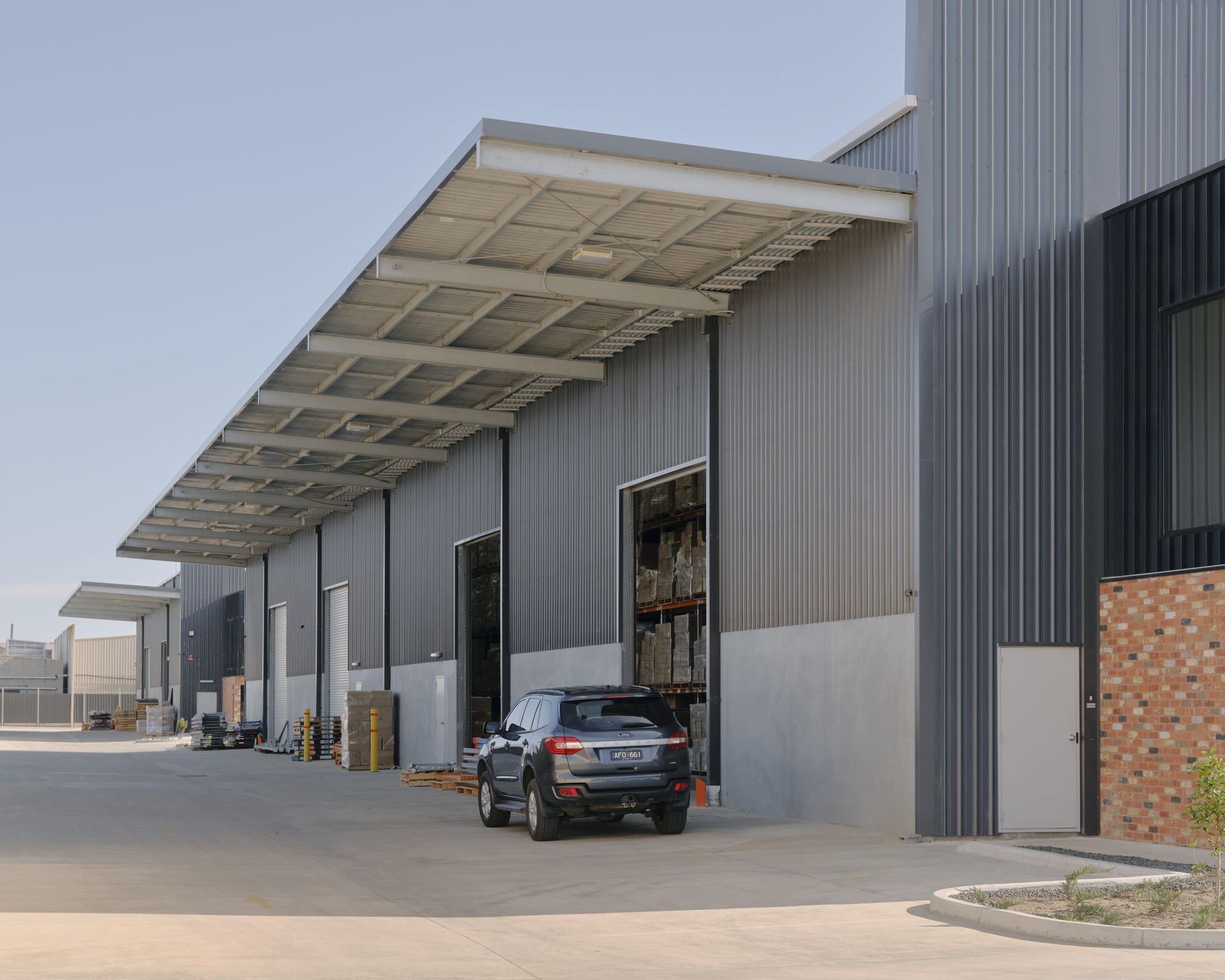
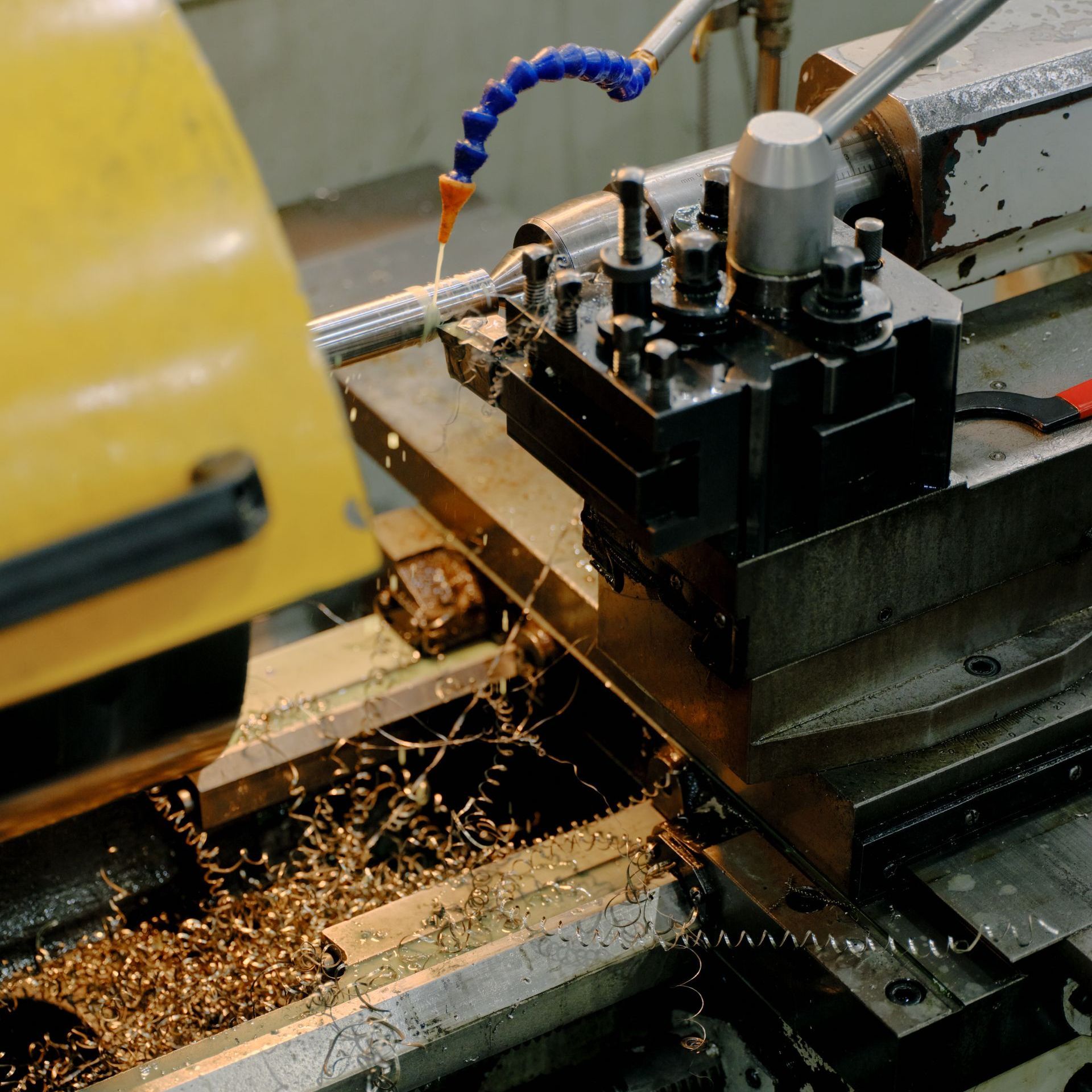
2. Stable Income Streams
Commercial properties offer secure income, with many lease agreements including structured rental increases. This provides predictability for both parties, eliminating conflicts over unexpected rent hikes.
3. Depreciation and Tax Benefits
Tuan Duong, a Quantity Surveyor from Duo Tax, explains that commercial property investors can claim significant depreciation tax deductions. Property owners can also deduct expenses related to maintenance and management, such as interest on loans, agent fees, and council rates.
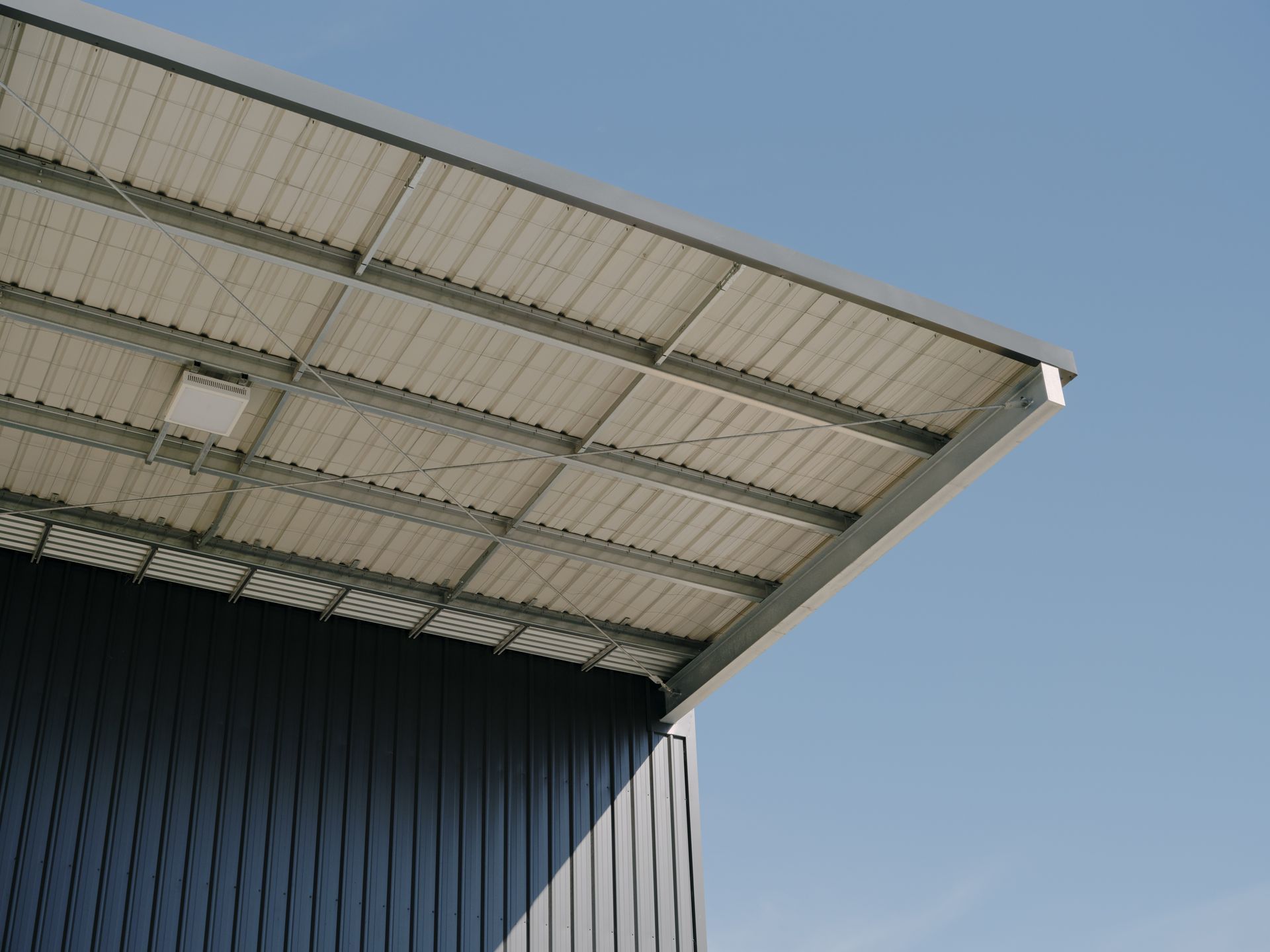
“The ATO allows commercial property investors and its tenants to claim depreciation as a tax deduction if the property is used to produce income. Taking advantage of commercial property tax depreciation deductions like Division 43 and Division 40 can result in a substantial cash flow benefit and optimised liquidity,” explains Tuan.
- Tuan Duong, DuoTax
What Type of Commercial Building Should I Build?
What to Consider for Your Commercial Property Project
Clients often buy land intending to develop a commercial shed or steel structure for sale or lease. Unlike an owner-builder project, these investments require objective evaluation to ensure the building meets the demands of future tenants.
Key considerations include land zoning, access, and facility features, which together enhance the property’s appeal and reduce the risk of long-term vacancy.
Tips for Choosing Land
Understanding the local area is crucial. An urban planner can advise on the development potential of a site, state and council planning controls, and any risks or constraints, such as heritage listings.
Eli Gescheit from Navon Planning suggests that urban planners can help you assess potential issues and offer insights on Council requirements.
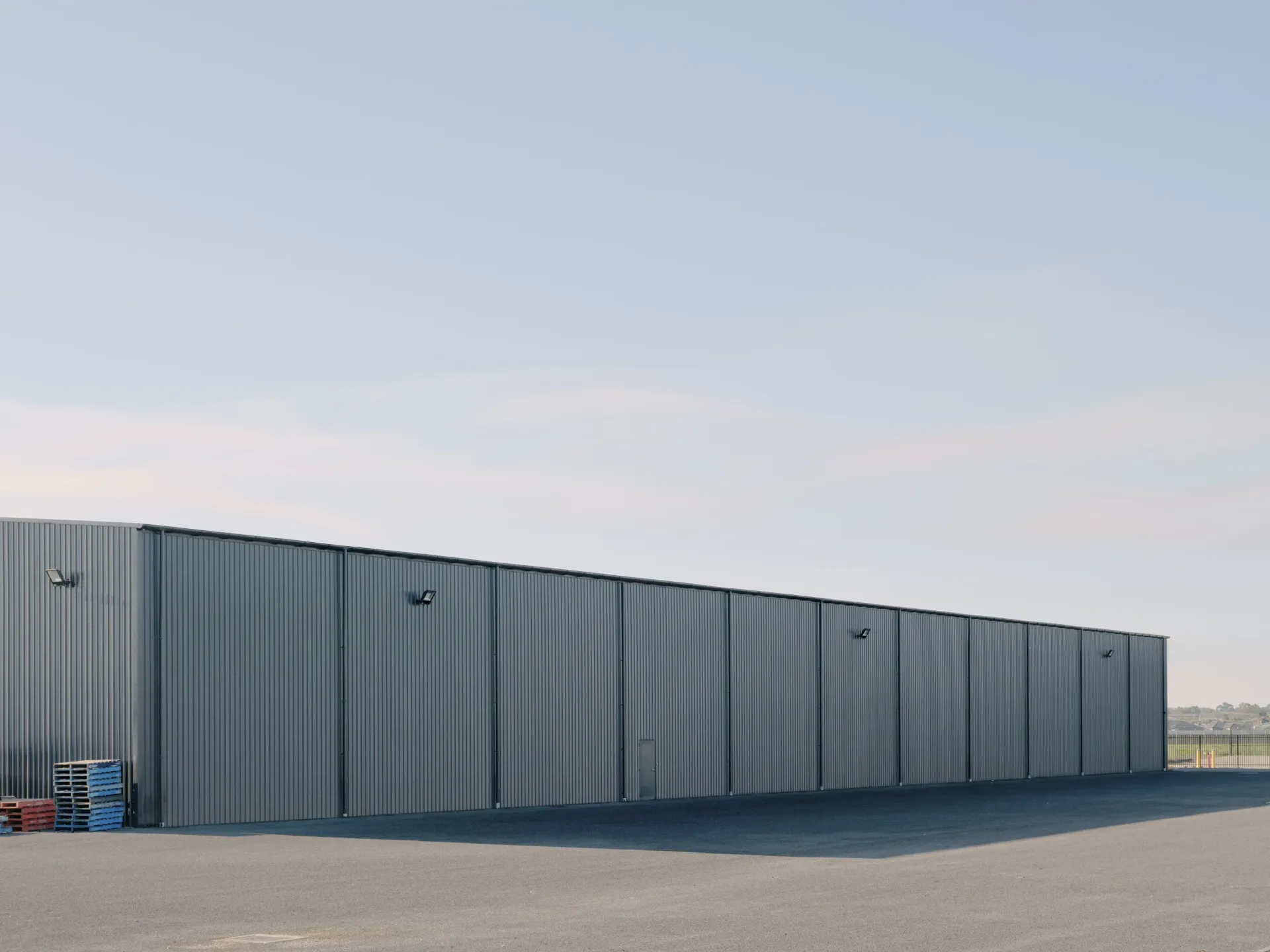
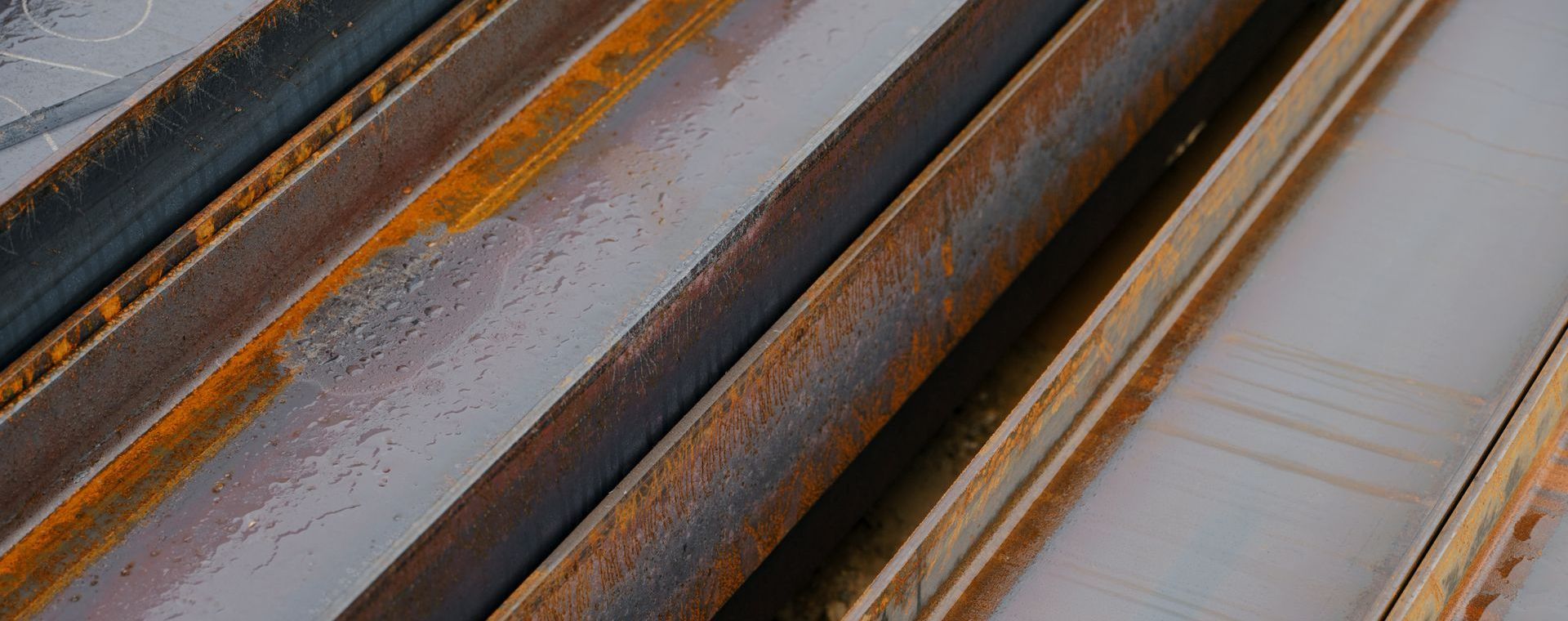
“An urban planner does much more than just working with Council planning controls: they apply overall knowledge about every aspect of the build, such as engineering, stormwater, landscaping, trees, and the site itself, and tie all these together in order to give property planning advice.”
- Eli Gescheit, Navon Planning
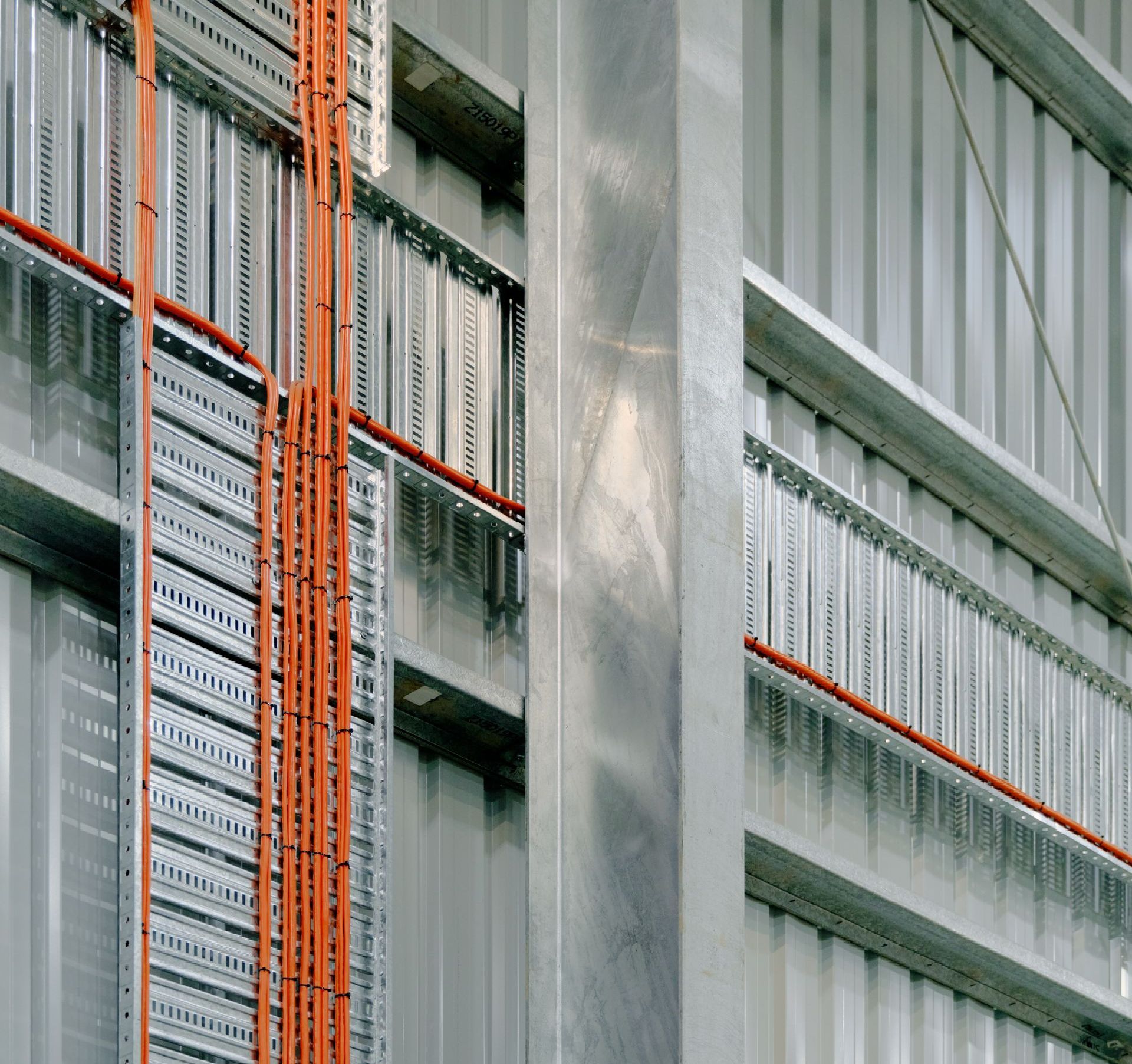
When selecting a site, consider:
- Regional growth projections and upcoming infrastructure projects
- Rezoning plans
- Environmental factors like flood or fire risks
“Urban planners speak the same language as Councils,” notes Gescheit. “They’ll support your project even through potential challenges, bringing experience that can help resolve issues.”
“A commercially sound investment always considers the needs of the local area."
- Aaron Barker, Steelcorp
Tips for Designing a Commercial Building with Leasing in Mind
For projects like warehouse construction, key tenant requirements include:
- Easy access to main roads
- Space for large vehicle manoeuvrability
- Hardstand for operations
- High clearances for roller doors
- An optimal office-to-warehouse ratio
- Mezzanine floors to maximise storage
“Designing with a purpose in mind will result in a flexible, functional space,” says Aaron, adding that in some cases, tailoring a structure for a specific tenant can be beneficial for both parties. Working with a tenant from the outset can reduce vacancy times by ensuring a tailored fit.
Investing in commercial property often requires a higher initial capital outlay than residential properties. To mitigate risk, seek solid financial and legal advice to maximise returns and minimise potential losses.
“When done right, our clients are seeing really strong, consistent returns, but having a team of knowledgeable advisors on your side is critical."
- Aaron Barker, Steelcorp
Steelcorp Success Stories: What Our Clients Are Doing
With tax benefits, stable income, tenant-covered outgoings, and long leases, commercial and industrial properties are appealing investments—albeit not without some risk.
Aaron reports that clients are increasingly partnering with Steelcorp to develop turnkey projects like a recent 6,000 sqm industrial property divided into three tenancies. This approach allows clients to build with a purpose and optimise occupancy.
“When clients discuss their projects, they’ve generally considered capital gains, GST, and legalities unique to commercial properties,” explains Aaron. Steelcorp client Richard highlights that understanding tenant expectations is key to a successful project, especially in regional markets where many tenants prefer viewing a completed space before signing.
Taking on an owner-builder role for his Geelong industrial project, Richard found the process smooth with Steelcorp, even amidst pandemic-related challenges.
“Steelcorp was incredibly supportive throughout, ensuring on-time deliveries despite lockdowns,” says Richard, who believes that having reliable project partners made all the difference.
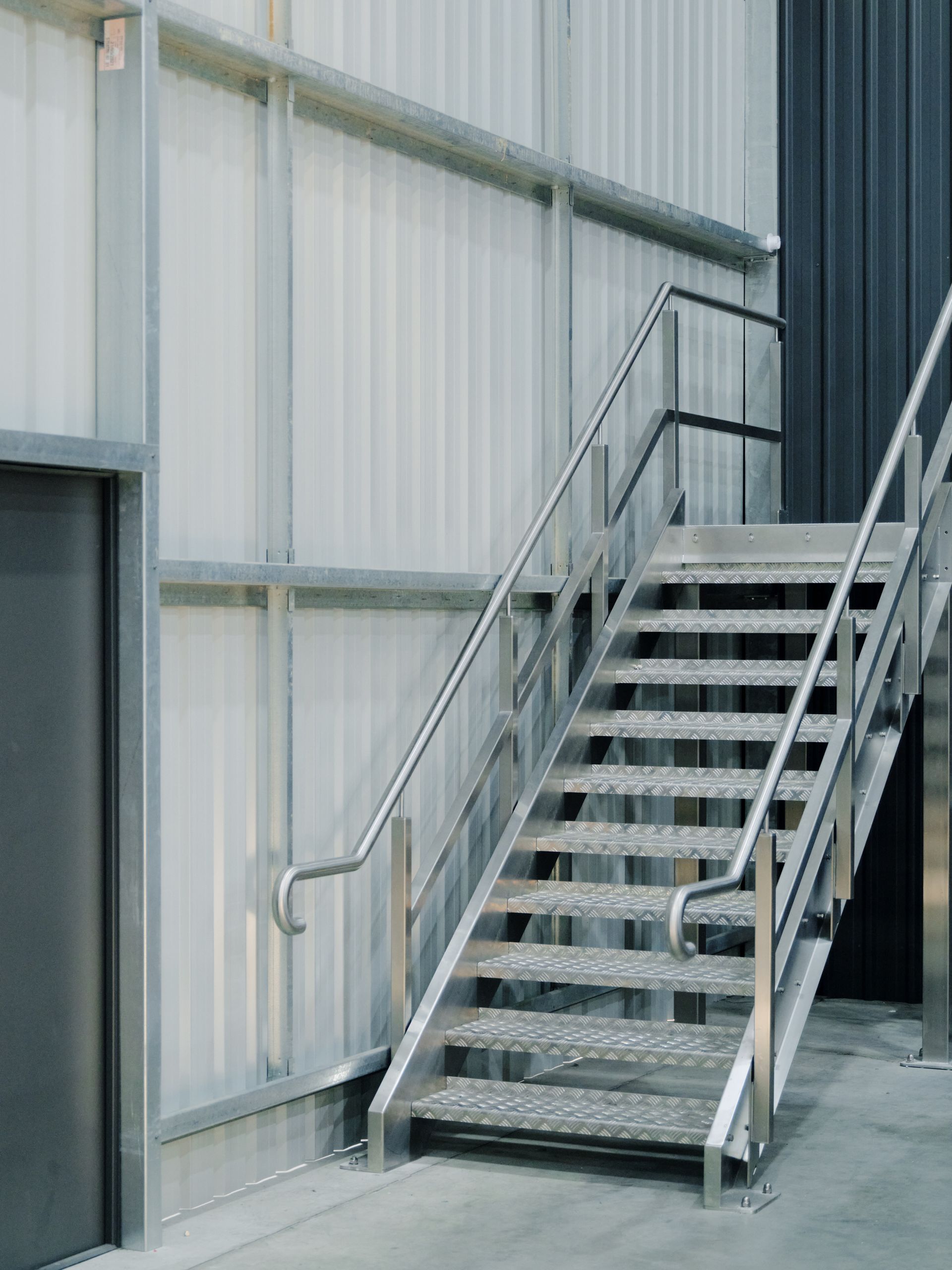
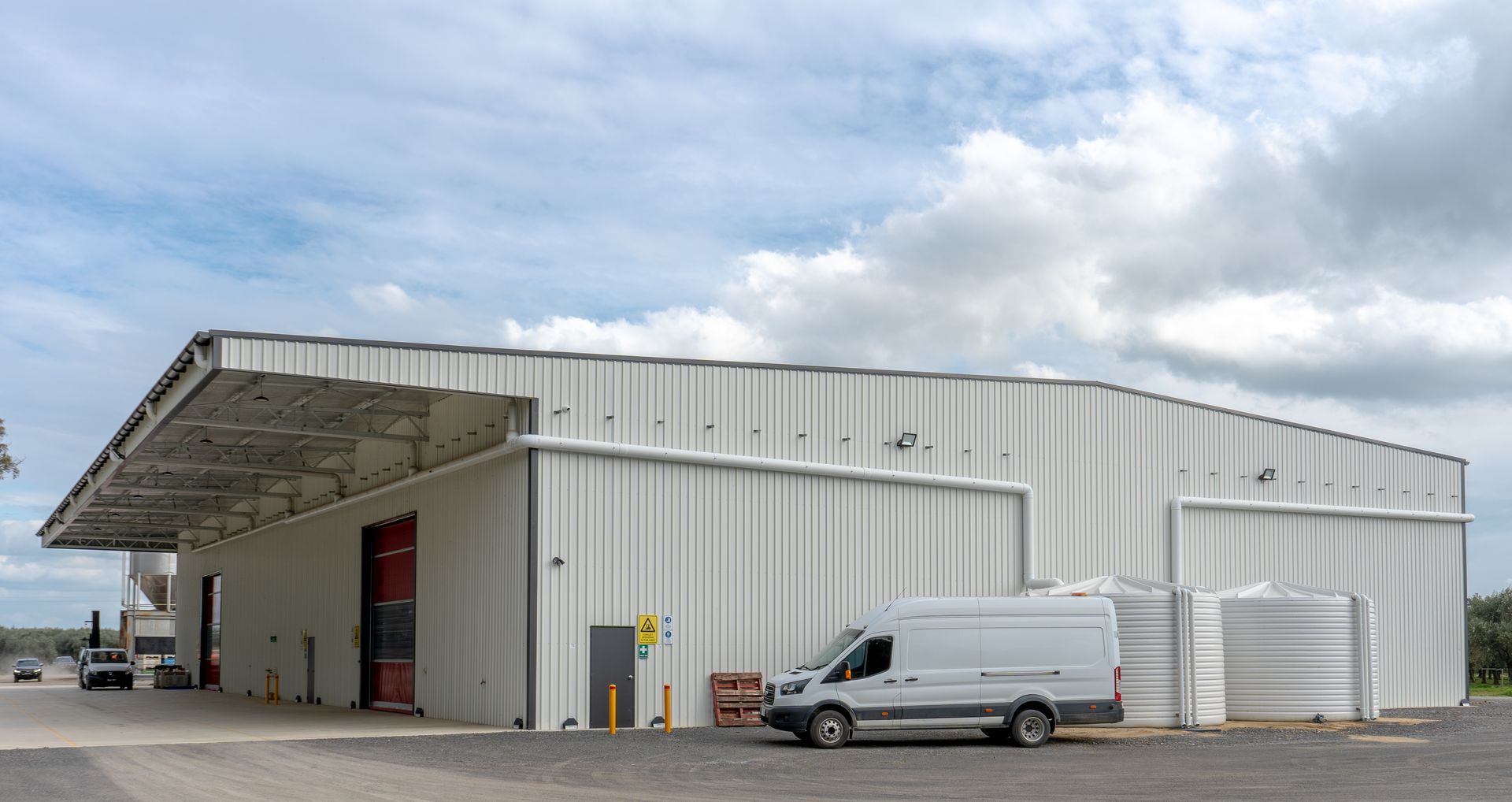
Investing in Commercial and Industrial Property: Start the Conversation with Steelcorp
Although commercial property investment comes with higher initial costs, longer vacancies, and more complex leases, it can yield significant rewards. Contact our Steelcorp team today to start planning a commercial property that delivers results.
